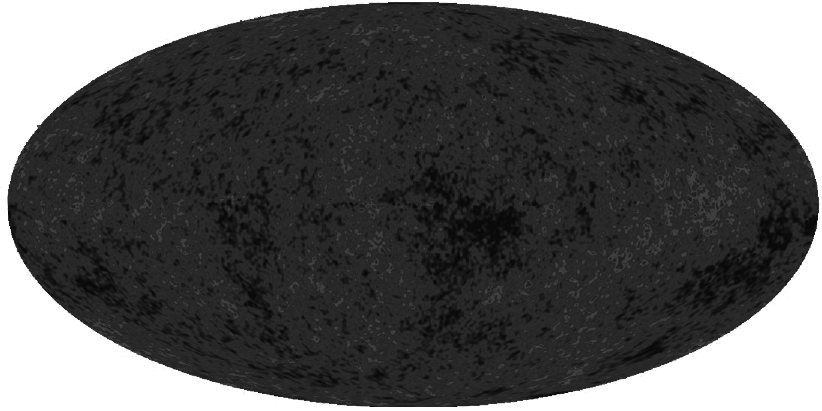
How dark is the universe? Optically – for visible light. Far away from star light and reflected dust.
Here’s an interesting perspective on electromagnetic (EM) cosmic energy density – just for optical wavelengths. And without any clarification of fuzzy bounds for a galaxy’s reach.
The entire electromagnetic spectrum is another story.
• Live Science > “Scientists confirm that most of the universe is ‘darkness and nothing more’” by Ben Turner (August 30, 2024) – NASA’s New Horizons spacecraft [currently far away in the Kuiper Belt] has made the most precise and direct measurements of the total amount of [visible] light produced by our universe.
The background of visible light added up over the universe’s lifespan (called the cosmic optical background or COB) is important to astronomers because it helps them to match the light coming from stars and the exteriors of black holes with that predicted by theory [by their models].
“The simplest interpretation is that the COB is completely due to galaxies,” Lauer [Tod Lauer, a New Horizons co-investigator and an astronomer at the National Science Foundation NOIRLab in Tucson, Arizona] said. “Looking outside [hmm] the galaxies, we find darkness [in the visible spectrum] there and nothing more.”
Related posts
• Big sim’s – visualizing the universe!

Here’re two images which contrast optical brightness with infrared.
• APOD > “Seven Dusty Sisters” (2024 September 29)